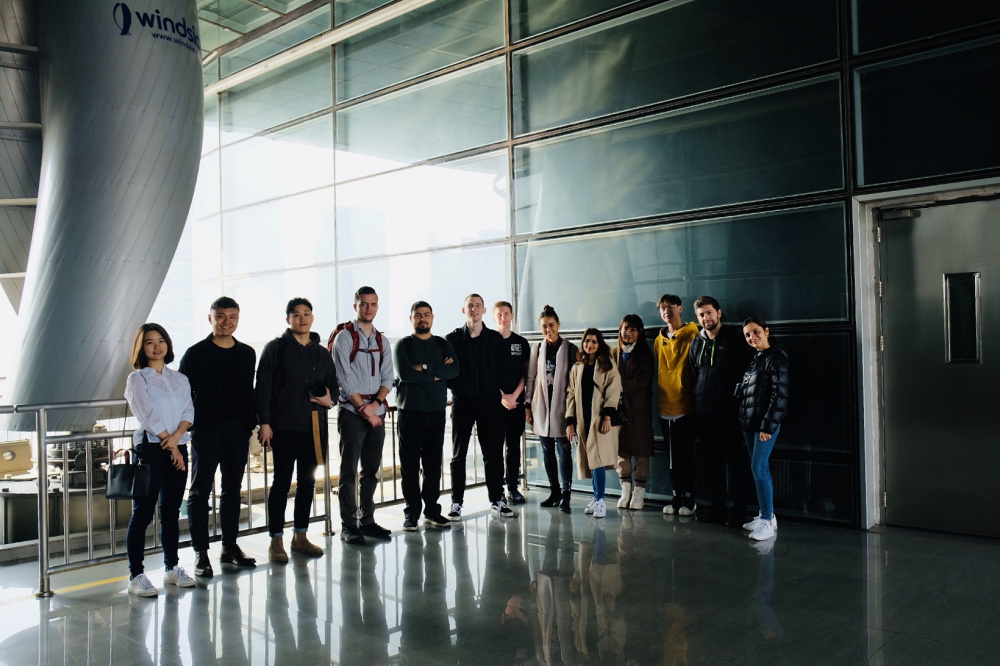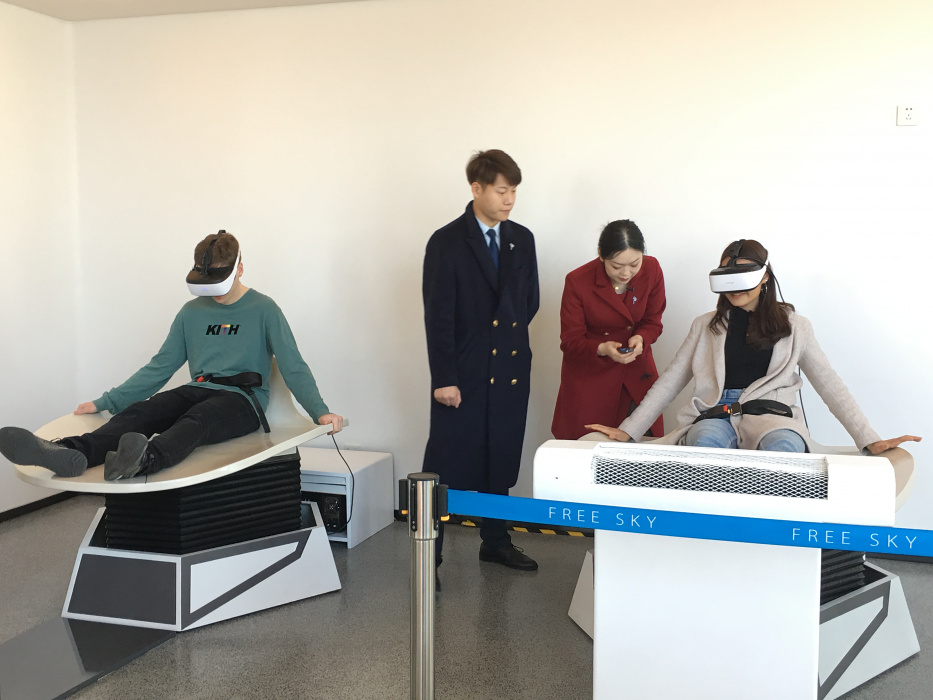IIT Students Tour Some of China's Greatest High-Rises
In January 2019 Illinois Institute of Technology’s advanced architecture studio embarked on a trip to Shenzhen, China, for an immersive tour of many of China’s most notable skyscrapers. The studio was also supported by the Council on Tall Buildings and Urban Habitat and Skidmore, Owings and Merrill. Led by Peng Du (Ph.D. ARCH ’15), visiting assistant professor and CTBUH academic coordinator, and Antony Wood, studio associate professor and CTBUH chief executive officer, the studio focuses on the impact that skyscrapers have on the environment while learning more about the culture and problems in this area of study that face China specifically.
“The development happening in this city is done rapidly, and there is a push for green technology and better design strategies,” says John Paul (ARCH 5th year), an undergraduate student who participated in the trip. “It’s great to see these ideas coming to life and seeing people willing to invest in it. It’s definitely a push in the right direction.”
The group started the tour at Hanking Center Tower, which was awarded the World’s Tallest Offset Core certification by CTBUH, along with students from Shenzhen University. In the afternoon the students visited Tencent Seafront Towers, located in Shenzhen High-Tech Industrial Park. The tour included a walk through the building’s public facility floors, located in the skybridge. Later in the day the students toured Baidu Tower, where they consulted with the architect of the building on design strategies used in Shenzhen’s architecture.

“We had opportunities to consult with him about design perspectives in Shenzhen, like the constraints and major things to consider,” says Jatuphat Sunsaneevithayakul (ARCH 5th year), another student in Du’s studio. “Most of them concern climatic conditions. For example, since it’s very hot and humid over there, designing a skyscraper with nice views becomes a challenge, as the higher you go up, the foggier it gets.”
The next day the group visited One Shenzhen Bay, one of the most prestigious complexes in the city, and attended the opening ceremony of Sky Concert Hall atop One Shenzhen Bay Tower 7, which was recently certified as the World’s Highest Concert Hall by CTBUH. The ceremony conducted at the performance space included the unveiling of a CTBUH signboard confirming the world record. On their third day in China, the students explored the city and investigated potential sites for their studio projects. The following day some of the students took a trip to the fourth-tallest building in the world, and the tallest building in Shenzhen, Ping An Finance Center, where they received an exclusive tour of the building’s observatory deck and current museum exhibition.

At the end of the week, the studio visited Pearl River Tower in Guangzhou and observed various design techniques that were implemented in the tower, including wind turbines, VAV cooling systems, double-glazed façades to reduce heating loads, and a PV panel installation. Ultimately, the immersive experience afforded students new insights in to the world of high-rise architecture and sustainability—an understanding that will impact both their future studies and current studio projects.
“It’s a real hands-on experience in the skyscraper realm,” says Sunsaneevithayakul. “We have only been researching and reading about it to try and figure out how it works, so getting to see it ourselves really opened up our eyes to better understand the actual systems.”